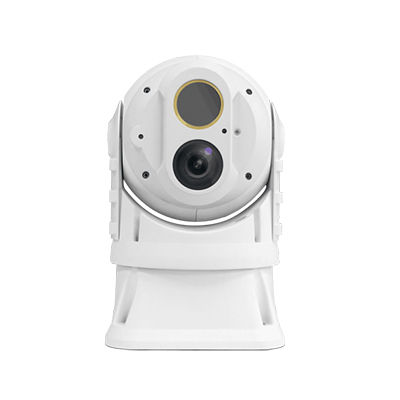Products
Bridge Collision Prevention Intelligent Processing Platform

Introduction
The Bridge Collision Prevention Intelligent Processing Platform introduces advanced intelligent perception technology to traditional navigation aids. It automatically records and tracks nearby vessels, analyzes ship dynamics, and provides proactive collision avoidance and navigation information.
Key Features
- Defines multi-level danger zones and alarm circles.
- Acquires real-time dynamic data, including ship position, speed, and direction.
- Provides collision warnings and navigation assistance for obstacles such as rocks, shoals, and wrecks.
- Features low power consumption, compact size, and high integration.
- Operates within a range of 3-5 nautical miles, extendable to 8 nautical miles.
Importance of the System
With the rapid development of waterway traffic and the increasing number of navigating vessels, bridge collisions due to ship height violations or course deviations pose significant safety risks. Such accidents can result in severe bridge damage, economic losses, and even casualties. This system employs state-of-the-art technology to provide 24/7 monitoring of vessel height and course, analyzing collision probabilities in real-time, and issuing timely warning signals to maximize bridge safety.
The system also enhances urban bridge safety and can be deployed to prevent ship collisions with piers. By integrating radar sensors for tracking ship trajectories, measuring vessel height, and issuing visual and audio warnings, it ensures seamless navigation guidance and hazard prevention.
Applications
- Preventing high vessels from entering restricted waterways.
- Guiding ships along safe routes using visual indicators and alarms.
- Recording and analyzing incidents for regulatory purposes.
- Improving traffic efficiency and eliminating safety hazards.
Benefits
The system significantly contributes to traffic safety by:
- Protecting bridges, pedestrians, and vehicles.
- Reducing accident-related economic losses.
- Enhancing traffic flow and efficiency.
- Safeguarding waterways and ensuring smooth transportation.